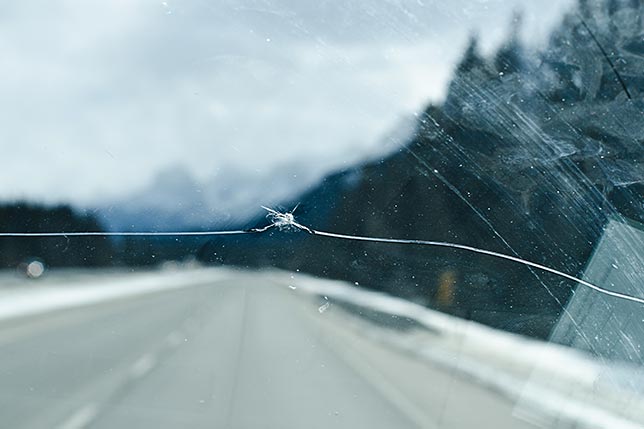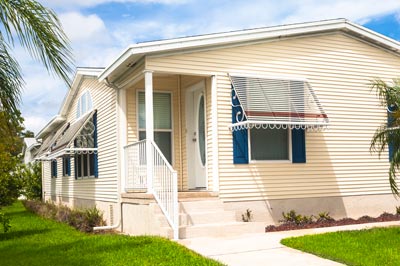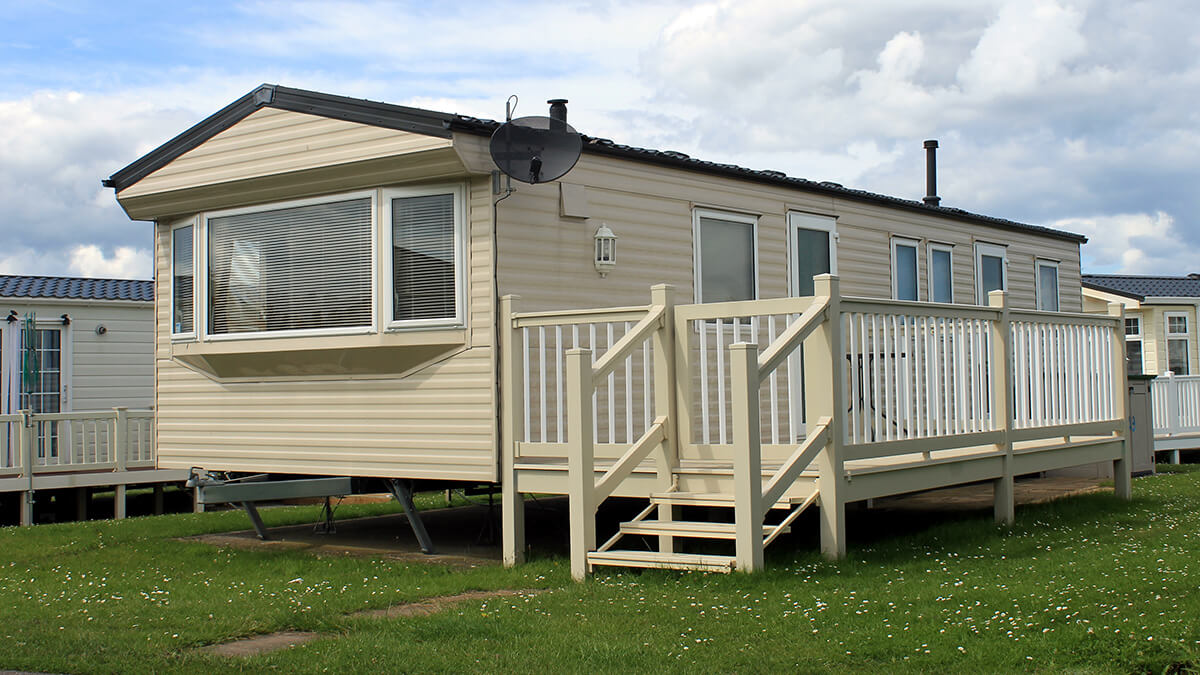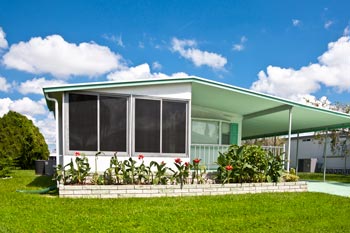RV insurance: Windshield repairs

We get lots of questions about RV windshield repairs and feel it's important to educate RV owners about when windshield replacement is a good option. Here are some questions we frequently get about windshield repairs:
What are some of the benefits of repairing a RV windshield?
- Most insurance companies will waive your deductible if you repair vs. replace.
- The original manufacturer seal remains intact.
- You do not run the risk of water and air leaks in the new installation.
- Less down time with a repair vs. having to order a windshield for replacement (a repair will take about 30 minutes and can be done in the repair shop or off-site).
- Repairs can be done while your vehicle is at the campgrounds, in your parking lot at work, or in your driveway at home.
- Your satisfaction is guaranteed. If you are not satisfied for any reason, you can elect to have your windshield replaced. The cost of repair will be credited against the windshield replacement cost. You will have to pay a deductible if the windshield is replaced.
When do we consider repairing a RV windshield?
- If the customer has comprehensive RV Insurance coverage and windshield damage you can opt to replace the windshield and pay the deductible or repair the windshield and we will waive the deductible. It is also a benefit to inform the customer of the repair option if they do not have comprehensive coverage. This information will allow the customer to pay for a repair vs. having to pay for a replacement. It is always the customer's choice to select a repair or to replace the windshield.
- Is the damage contained to the outer layer of glass? The windshield is made of three layers glass/plastic filament/glass. As long as the plastic filament and inner glass have not been penetrated, it may be repairable.
What is the object of fixing the chip?
The object of current RV windshield repair technology is to strengthen the damaged area and reduce the possibility that the chip may spread into a crack. Cosmetic improvements are considered secondary in importance. However, cosmetic improvements make future repairs an attractive option to the insured. Prior to repair it is important to inform the customer that the repair normally improves the appearance of the damaged area. It is important not to oversell expected results. Some of the worst looking chips have the best cosmetic results and vice versa.
Do we recommend fixing cracked RV windshields?
We do not recommend repairing cracks in windshields with current available technology. We recommend fixing chips. It is more difficult to fill the entire crack with resin than the cavity or “cone” of a chip. The main purpose of the resin is to restore the strength to the outer layer of the glass. Cosmetic restoration is a secondary benefit.
Can you fix chips that are in the critical vision area?
We do not recommend repairing chips in the critical vision area. This means that we do not promote chip repair in the driver's line of vision. We recommend that if there is damage in the driver's line of vision that the windshield be replaced.
What represents the critical vision area?
Some say the vision area can be defined as an 8″x10″ area directly in front of the driver's line of vision. The location of the area will vary with the driver's height. Others define this area by the sweep of the windshield wiper on the driver's side.
What size chips can be fixed?
If each distinct area of damage is the size of a quarter or smaller, it may be repairable.
Are chips at the edge of a windshield more prone to stress?
Yes. Some repairable damage near the edges of a windshield may in fact have invisible (to the naked eye) cracks running to the edge of the windshield. Attempting to repair this damage can cause cracks to appear.
When is the best time to have a chip repaired?
It is beneficial to have the chip repair done as soon as possible. Water, dirt, windshield washer fluid, etc., are able to get into the chip and may result in a repair that is less clear or cause the chip to run.
Should the chip be covered immediately after it is incurred and prior to repair?
The sooner the better. The longer you wait to repair after the initial damage the greater the chances that the chip will turn into a crack.
What is the ideal weather type to best accomplish an RV windshield repair?
Ideal repair weather consists of a dry, sunny day with a moderate temperature. The curing process often begins when the technician exposes the repair to ultraviolet rays from a small handheld device. Natural ultraviolet rays are essential to finish the cure of the glass resin.
Extreme heat can cause glass resin to cure at an accelerated rate, while freezing temperatures could cause the resin to freeze.
What is the cost of a chip repair?
Currently, all chip repairs are billed to Foremost Insurance Company at a cost of $49.95. Additional chips on the same vehicle are billed at a cost of $15.00 each.
What is the largest number of chips that are economical to repair?
Insurers will authorize anywhere from 4-6 chips per vehicle. If you are going to do chip repair to a windshield all chips should be fixed. If you leave chips in the windshield you run the risk of a chip turning into a crack. If the chips are deemed repairable and the customer is agreeable the only thing we need to keep in mind is simple economics. There comes a point that the cost to repair a certain number of chips will equal or exceed the cost of replacement.
Does a repair ever result in a situation where the RV windshield is damaged further?
Yes. There is some pressure on the damaged area when the repair is performed. It is important to know that a chip renders the windshield broken. The repair is an attempt to restore the structural strength to the windshield. If in the process the repair damages the windshield further it may be necessary to replace the windshield. There is no risk in trying to fix the broken windshield.


